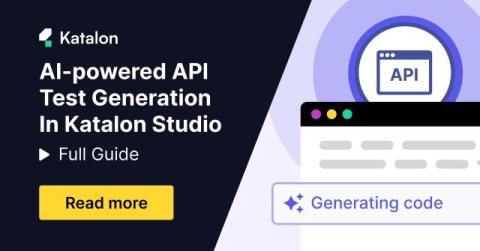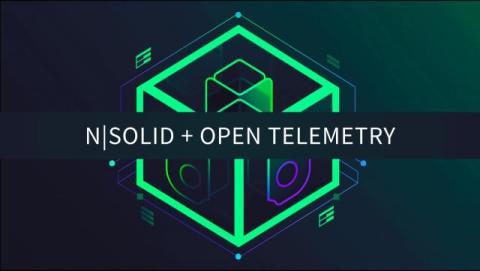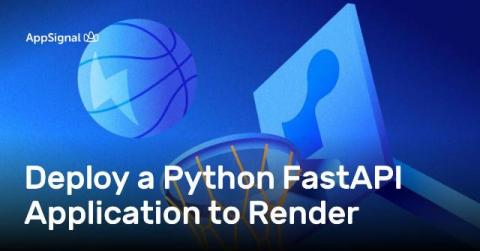3 Strategies to Supercharge Developer Operational Efficiency
Developer operational efficiency is crucial for streamlining API management processes and empowering development teams to work more effectively. In this blog post, we'll explore three key tips to unlock developer operational efficiency — leveraging API documentation and self-service credential management, automating API lifecycle management, and optimizing resources and performance — using Kong Konnect and Kong Kubernetes Ingress Controller (KIC).













